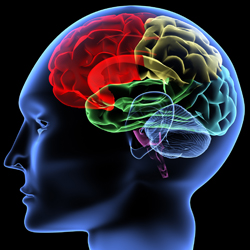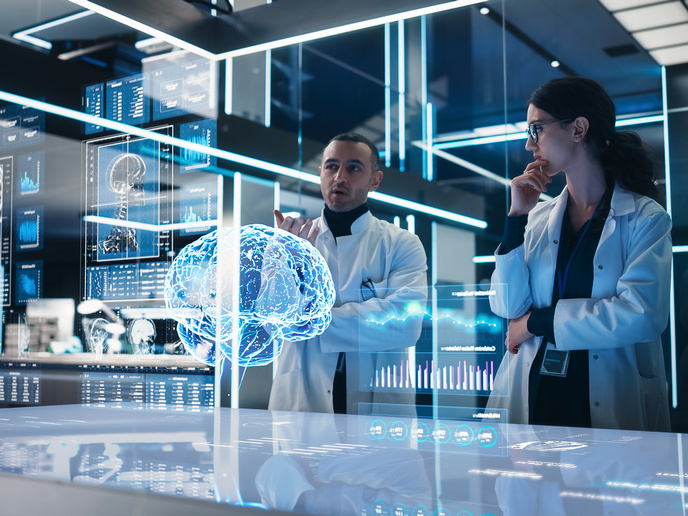Understanding how our brain works
Despite impressive advances in neurosciences, scientists are unable to elucidate microscopic operations resulting in complex mental functions and their disintegration during disease. Perceptions of space and navigation take place in the entorhinal cortex and hippocampus in the brain. Grid cells in the entorhinal cortex are organised to process spatial information irregardless of sensory input from the environment. Contrary to the function of the entorhinal cortex, hippocampal place cell maps are environment-specific and strictly tied to memory functions. To delineate the microcircuit differences between hippocampal and entorhinal cortices, the EU-funded 'Space coding in hippocampo-entorhinal neuronal assemblies' (SPACEBRAIN) project investigated how spatial location is computed and represented in these two regions of the brain. SPACEBRAIN scientists were able to produce important information on how space is represented in neural networks of the entorhinal cortex and hippocampus. More specifically, they generated an outline of the intrinsic organisation and wiring of the entorhinal area. With special emphasis on cell types, the SPACEBRAIN consortium determined the connections of grid cells to other cell types in the circuit and in neighbouring regions. The hippocampus was shown to be essential for stable grid firing in the entorhinal cortex, providing some sort of resetting mechanism that constantly updates the entorhinal cortex network. Furthermore, significant investment was put into the development of tools for visualising local neural networks and recording electrical activity at multiple brain locations simultaneously. Given that topographical disorientation is a prominent behavioural symptom of Alzheimer's disease, work by the SPACEBRAIN project should provide essential tools for early diagnosis, prevention and treatment of Alzheimer's disease. Establishing the network properties of brain systems could also be used long-term in the development of robotic navigation systems.







